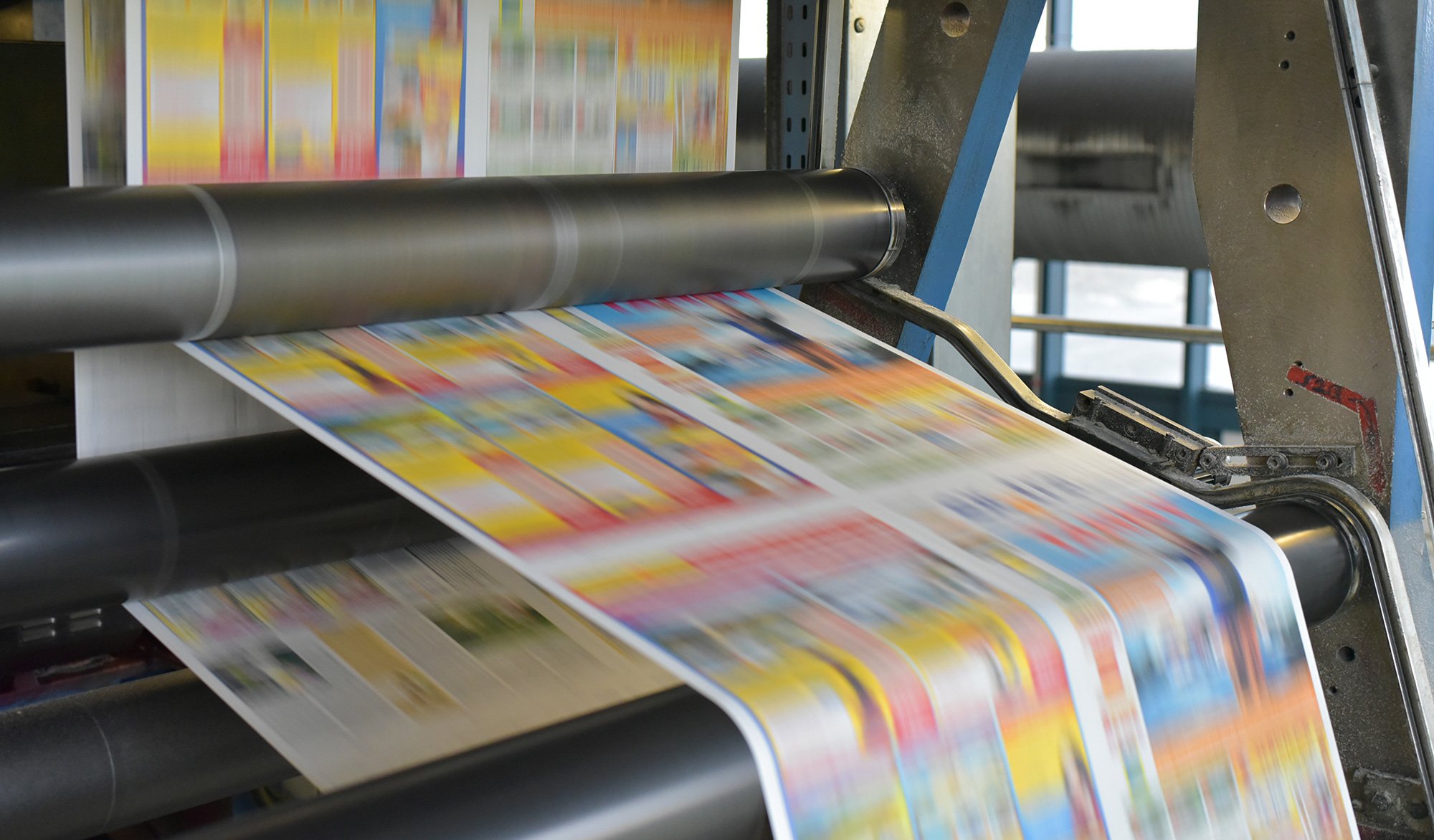Catalog campaigns should follow the typical steps you would take to develop a successful direct mail campaign. These include identifying and segmenting your audience, setting marketing goals, determining a budget, developing the mail piece with personalization and testing, running the campaign, and finally, tracking the results. However, there are a few additional aspects you need to consider.
Catalogs are typically larger than other pieces of direct mail, so the size and cost is important to understand. There are several tips to keep in mind when developing the creative. If catalogs don’t fit in your budget, but you really want to use these pieces to catch the attention of your customer base, you can combine digital and print to develop an effective campaign.
Design Distributors dives into each of these features to help you determine the type and size of catalog that’s right for you.
Choose the Catalog Size
Catalogs come in three popular formats or custom sizes. Standard catalogs are 8.5 inches by 11 inches, the size of a piece of copy paper. This large dimension gives you the ability to stand out in the mailbox, provide a wide selection of products to customers, and include full-size images. The slim booklet can get more products in front of your customers at reduced postage costs. If you would like an increased mailbox presence, more creative space, but would like to stay within the postal letter size rate, then a 5.5” x 10.5” size is the way to go.
Determine the Average Cost
The cost of your catalog campaign may vary, depending on a number of factors:
Size
The most common size is a 5.5” x 8.5” piece. It offers a letter size postal rate and a more attractive cost to manufacture. Larger catalogs are going to be a bit more costly than smaller ones, but these may stick out in the mailbox. You’ll also need to weigh this against the messaging. If you have plenty of text to fill up the pages, you’ll want to choose the larger size.
Color or Black & White
Although color may be pricier than black and white or spot color, it can provide the “wow” factor your catalog campaign needs. Having your catalogs printed in color will enhance every image inside.
Paper Stock & Weight
You may have to pay a little extra for thicker paper, but it’s worth it for the durability of your catalog. Thicker stocks make the most sense if you’re selling high-end goods, because you’ll get a return on investment and the catalog will appear more luxurious. Thinner stocks are logical if you’re promoting lower-cost products.
Type of Finish (Glossy, Matte)
There are multiple types of finish you can have your catalog produced in. Glossy will create a photo-like, shiny burnish, while matte is more muted. Each will vary in price.
 Get a free quote from Design Distributors today.
Get a free quote from Design Distributors today.
Consider These 5 Tips for Developing Your Catalog
- Create a Cover That Wows
Unlike with letters and postcards, you have the opportunity to design an eye-catching cover. This is probably the most important page of the entire booklet, because it will help recipients decide if they’ll flip through the rest. Feature large headlines, images, and your promotions to draw readers in.
- Keep the Design Consistent
A catalog has multiple pages, so it’s important to keep the design consistent throughout. Whether you’re using branding- or campaign-specific colors, you should continue the theme across all pages. Utilize two to three fonts throughout, and decide from the various font sizes for headlines, subheadings, and paragraph text to ensure consistency.
- Focus on the Upper Right
When readers turn catalog pages, their eyes naturally rest on the upper righthand corner first. These are the spaces you should display your most popular products, best specials, and other persuasive information.
- Choose Full Color & Large Images
Because you have so much space, you want to fill it with expansive, high-quality images. These can be full-page or spread-style, taking up two pages of the catalog. This adds a sense of luxury to the catalog and product. Full-color images are more eye-catching than black and white, unless the style and branding of the booklet call for them.
- Personalize, Personalize, Personalize
Personalization dramatically increases the response rates and ROI of every direct mail piece, including catalogs. Add variable data printing to your catalog campaign order to customize the text and images based on customer demographics, psychographics, geographics, and other characteristics.
Integrate Digital & Print to Create the Perfect Catalog
When you’re creating any marketing campaign, you should take an omnichannel approach to reach your customers through multiple means. By incorporating direct mail, digital advertisements, email marketing, television ads, and social media, you can create a variety of touchpoints your customers can interact with.
You can also integrate digital and print to develop a more cost-effective campaign. If you’re interested in developing a catalog, but don’t have the financial means to produce it, you can develop a digital catalog. Design a landing page with a downloadable catalog for customers via a specialized URL or PURL. Then, you can utilize other types of direct mail such as postcards or letters to provide access to the digital catalog and special promotions.
How Design Distributors Can Help
Design Distributors can help you develop the catalog campaign that’s right for you. We have the expertise to determine the best size, paper stock, and finish to achieve your desired results within your budget. If catalogs are a bit costly for your company, we can also help you create postcards, letters, or self-mailers, and develop PURLs to lead your customers to your digital offers.
To get your catalogs started, request a free quote or contact us today!










